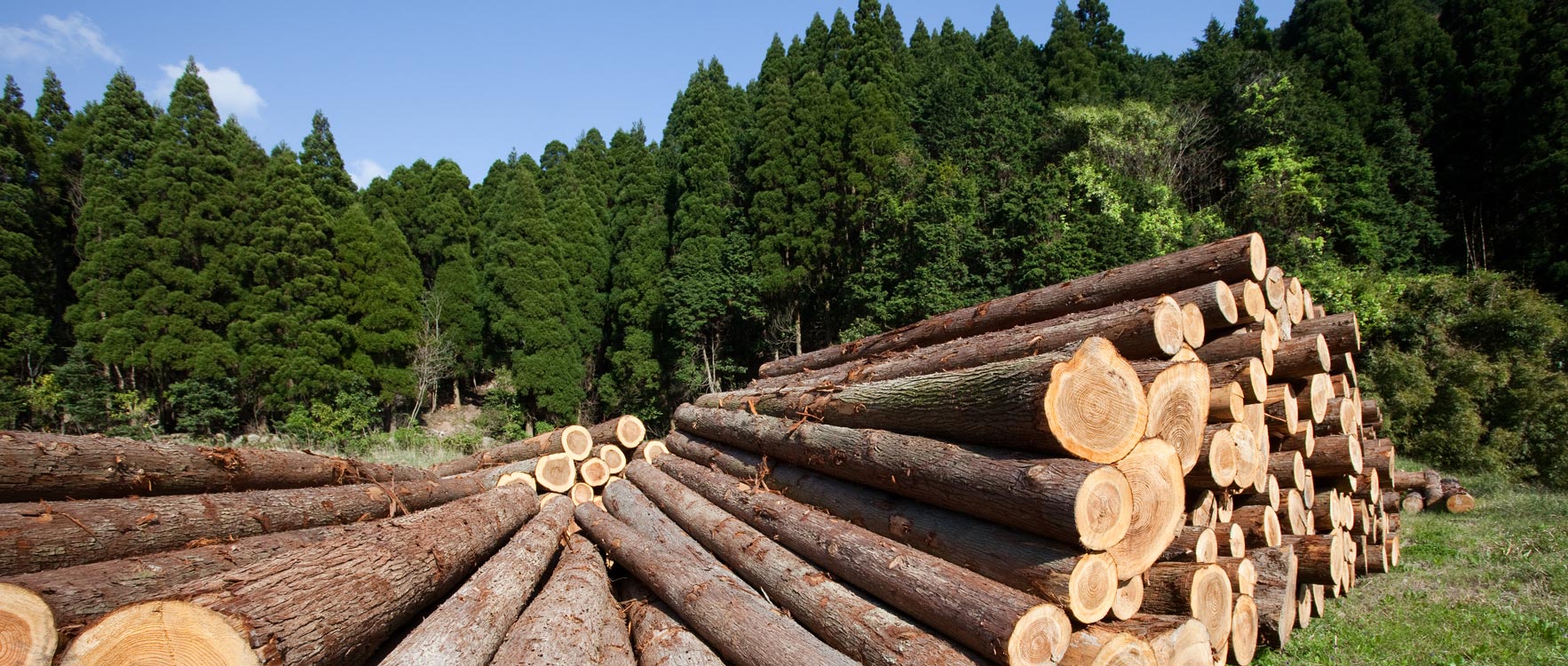Forest management in Iran is a relatively new area, so it is too early to say whether or not it has been implemented successfully, according to a senior official at the Forests, Range and Watershed Management Organization.
“Forest management schemes are long-term plans that take around 120 to 160 years to produce results, so you cannot expect major improvements in about 10 or 20 years,” Behzad Angooraj, deputy for forest affairs at FRWO, was quoted as saying by Mehr News Agency.
A bill called the Forest Protection Act, which was drafted by the Department of Environment and calls for a ban on exploiting forest resources for 10 years, is on hold in the Majlis (parliament) for almost a year. It is hoped that the incoming legislature, which will hold its first session next week, will give priority to this bill and other bills related to environmental issues.
Environmental officials have long called for a concerted national effort to take on the timber mafia, curb illegal logging and reduce reliance on domestic forests to meet the growing demand for wood, which is estimated to reach 13 million cubic meters in five years – double the current 6.5 million cubic meters.
The government has taken measures to supply the bulk of Iran’s wood demand from timber farms and wood imports. Barely 10% of Iran’s timber demand is supplied from domestic forests, which is the lowest level it has ever been, according to FRWO chief Khodakaram Jalali.
About 76% of wood needs are met by tree farms that have helped take off the pressure piling up on forests. A tree farm is a privately owned tract of land where trees are grown for commercial use. There are 220,000 hectares of tree farms in Iran.
Leasing Foreign Forests
Recent reports say there are plans to increase the volume of timber imports from Russia and Ukraine from one million cubic meters to 10 million cubic meters a year by 2021.
Furthermore, a variety of solutions have been proposed to curb reliance on domestic woodlands to meet the growing demand, one of which is leasing forests from other countries.
“It’s a common practice. We can rent a portion of a forest or a tract of land in another country and plant pine trees, which grow quickly,” said Daryoush Golalizadeh, head of the Department of Environment working group to protect forests.
The official warned that the country is at a point where “one wrong decision may well end up empowering timber smugglers, who are apparently thriving.”
According to Hamid Gashtasb, director of Biomes and Regional Affairs Office at the DOE, “350 square meters of forests and grasslands are destroyed every second in Iran.”
Forests cover 14 million hectares of Iran — less than 10% of the land area — which is relatively small compared to the global average, but nothing short of a blessing given the country’s geography.


